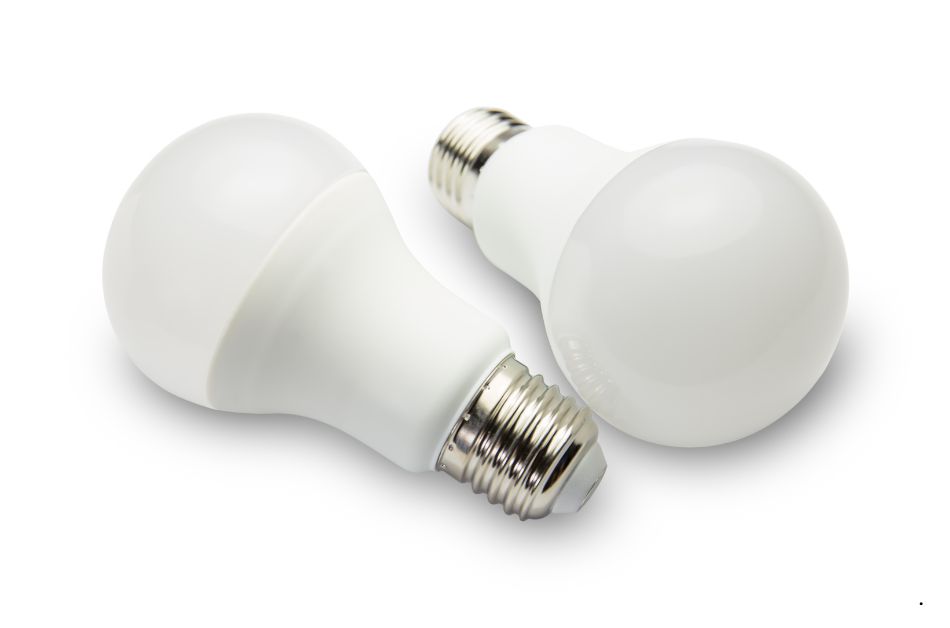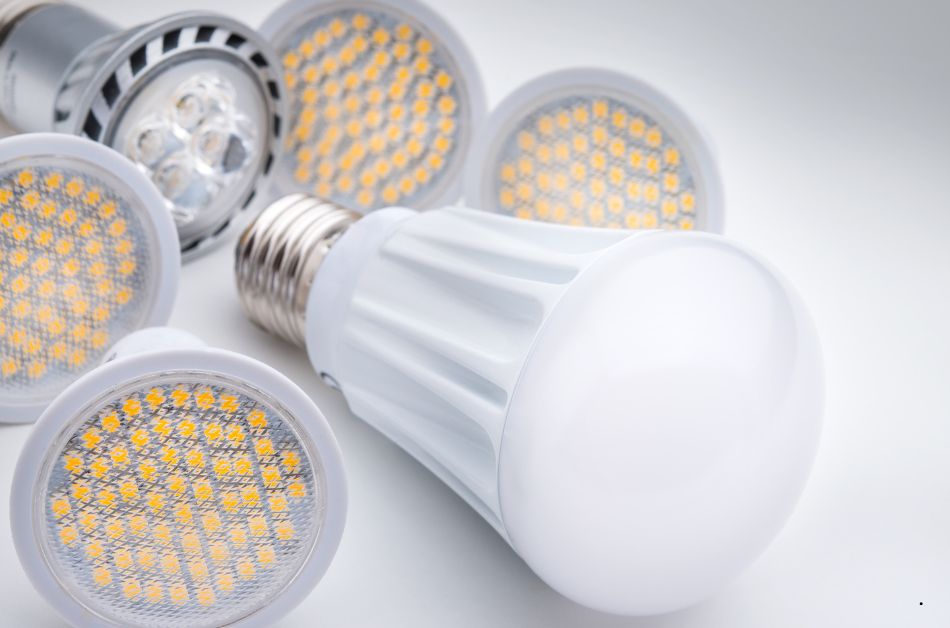Explore the drawbacks of LED lights, from higher costs to blue light hazards. Learn how to address issues and maximize benefits for your home or business.
LED lights have become increasingly popular in recent years due to their energy efficiency and long lifespan. However, like any other technology, LED lights also have their disadvantages. In this blog post, we will discuss the disadvantages of LED lights and the challenges they pose in various aspects.
Let’s explore some of the main drawbacks of LED lights. Despite their many benefits, such as energy efficiency and longevity, LED lights do have some drawbacks that consumers should be aware of. These drawbacks include higher initial cost, color rendering issues, sensitivity to heat, challenges with dimming, potential flickering problems, blue light hazard, limited dimmability with some fixtures, and environmental concerns. It’s important to consider these factors when choosing LED lights for your home or business to ensure that you are making an informed decision.
Higher Initial Cost
While the higher initial cost of LED lights may seem like a drawback at first, it’s crucial to view this investment as a long-term benefit. Yes, LED lights may be more expensive upfront, but their energy efficiency and long lifespan result in significant cost savings over time. By choosing LED lights, you are not only reducing your electricity bills but also minimizing the frequency of bulb replacements, which can add up to substantial savings in the long run. So, while the initial cost may be a concern for some, the financial benefits and energy efficiency of LED lights make them a wise investment for both your wallet and the environment.
Color Rendering Issues
LED lights may sometimes have color rendering issues, especially in lower-quality models. Color rendering refers to the ability of a light source to accurately reproduce the colors of objects as they would appear under natural lighting conditions. Some LED lights may produce a bluish or cool white light, which can distort the colors of objects and affect visual perception. However, advancements in LED technology have addressed this issue, and high-quality LED lights now offer excellent color rendering capabilities.
Sensitivity to Heat
LED lights are indeed sensitive to heat, a factor that can significantly impact their overall performance and lifespan. When exposed to excessive heat, LED lights may degrade at a faster rate, leading to potential premature failure. To mitigate this risk and ensure the longevity of your LED lights, it is essential to prioritize proper heat management and ventilation in their installation. By implementing adequate cooling mechanisms and ensuring sufficient airflow around the LED fixtures, you can effectively prevent overheating and safeguard the durability of your lighting investment. Remember, maintaining optimal operating temperatures is key to maximizing the lifespan and efficiency of your LED lights.
Challenges with Dimming
To guarantee optimal performance and avoid potential flickering issues, it is essential to select dimmer switches that are explicitly tailored for use with LED lights. By choosing dimmer switches that are compatible with LED technology, you can ensure a seamless and flicker-free dimming experience. This attention to detail in selecting the right dimmer switches will not only enhance the functionality of your LED lights but also contribute to a more comfortable and enjoyable lighting ambiance in your space. So, when incorporating LED lights into your home or business, remember that the choice of dimmer switches plays a significant role in maximizing the benefits of LED technology.
Potential Flickering Problems
Flickering is another potential problem associated with LED lights that can detract from the overall lighting experience. LED lights may flicker due to various reasons, such as incompatible dimmers, voltage fluctuations, or issues with the LED driver. This flickering can be not only distracting but also uncomfortable, particularly for individuals who are sensitive to light changes. To ensure a pleasant and consistent lighting ambiance, it is crucial to address any flickering issues promptly.
One effective way to tackle flickering problems is to invest in high-quality dimmer switches that are specifically designed for use with LED lights. These dimmer switches are equipped to handle the unique characteristics of LED technology, helping to minimize flickering and create a smooth dimming experience. By selecting the right dimmer switches and ensuring proper installation, you can enhance the performance of your LED lights and maintain a comfortable lighting environment in your home or business. Remember, addressing flickering issues not only improves the functionality of your LED lights but also contributes to a more enjoyable and visually appealing space.
Blue Light Hazard
LED lights emit a higher proportion of blue light compared to traditional lighting options. Blue light has been linked to various health concerns, including disruption of sleep patterns, eye strain, and potential long-term effects on eye health. It’s crucial to be mindful of the impact of blue light exposure and take proactive measures to mitigate any potential risks.
When using LED lights, it is advisable to opt for bulbs with a warmer color temperature or utilize blue light filters to reduce the amount of blue light emitted. Additionally, adjusting the lighting levels in different areas of your home or workspace can help create a more comfortable and eye-friendly environment. By being conscious of the potential hazards of blue light and making informed choices about your lighting options, you can prioritize your health and well-being while still enjoying the benefits of energy-efficient LED technology.
Limited Dimmability with Some Fixtures
When selecting LED fixtures, it is crucial to consider their dimming capability, as certain older or lower-quality models may have restrictions on dimming functions. Before installation, it is advisable to thoroughly check the compatibility and dimming features of LED fixtures to ensure they align with your specific dimming requirements. This proactive approach will help you create the desired lighting ambiance and functionality in your space, avoiding any potential issues or limitations with dimming control. By selecting LED fixtures that offer optimal dimming performance, you can enhance the versatility and customization of your lighting setup, ultimately maximizing the benefits of LED technology in your home or business.
Environmental Concerns
While LED lights are energy-efficient and have a longer lifespan compared to traditional lighting options, they still have some environmental concerns. LED lights contain small amounts of hazardous materials, such as lead and mercury, which require proper disposal methods to prevent environmental contamination. Additionally, the manufacturing process of LED lights requires energy and resources. However, the overall environmental impact of LED lights is still significantly lower compared to other lighting technologies.
LED lights offer numerous advantages, but it’s important to be aware of their disadvantages as well. Higher initial cost, color rendering issues, sensitivity to heat, challenges with dimming, potential flickering problems, blue light hazard, limited dimmability with some fixtures, and environmental concerns are some of the drawbacks associated with LED lights. However, with advancements in technology, many of these issues have been addressed, and LED lights continue to be a popular and efficient lighting choice for both residential and commercial applications.
When considering LED lights, it’s essential to prioritize quality, choose reputable brands, and ensure proper installation and usage to maximize their benefits and minimize any potential drawbacks.



